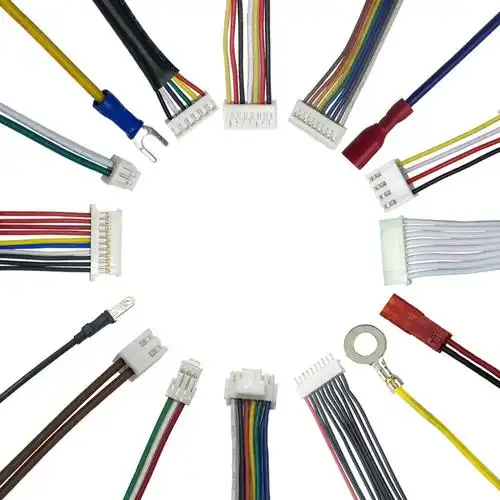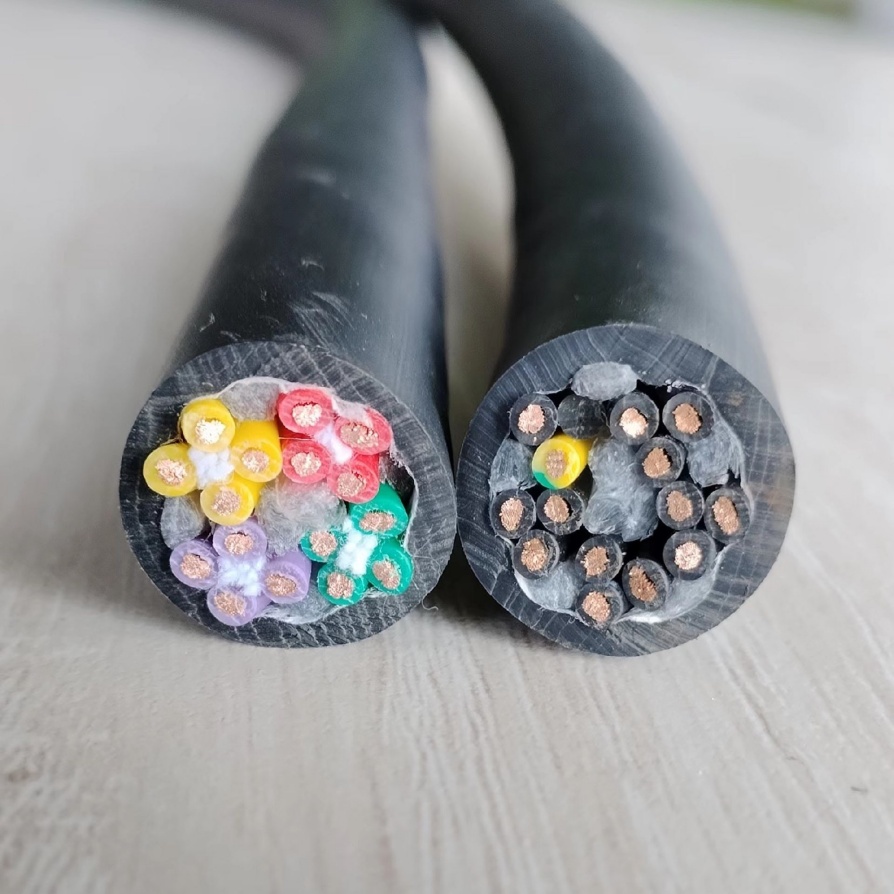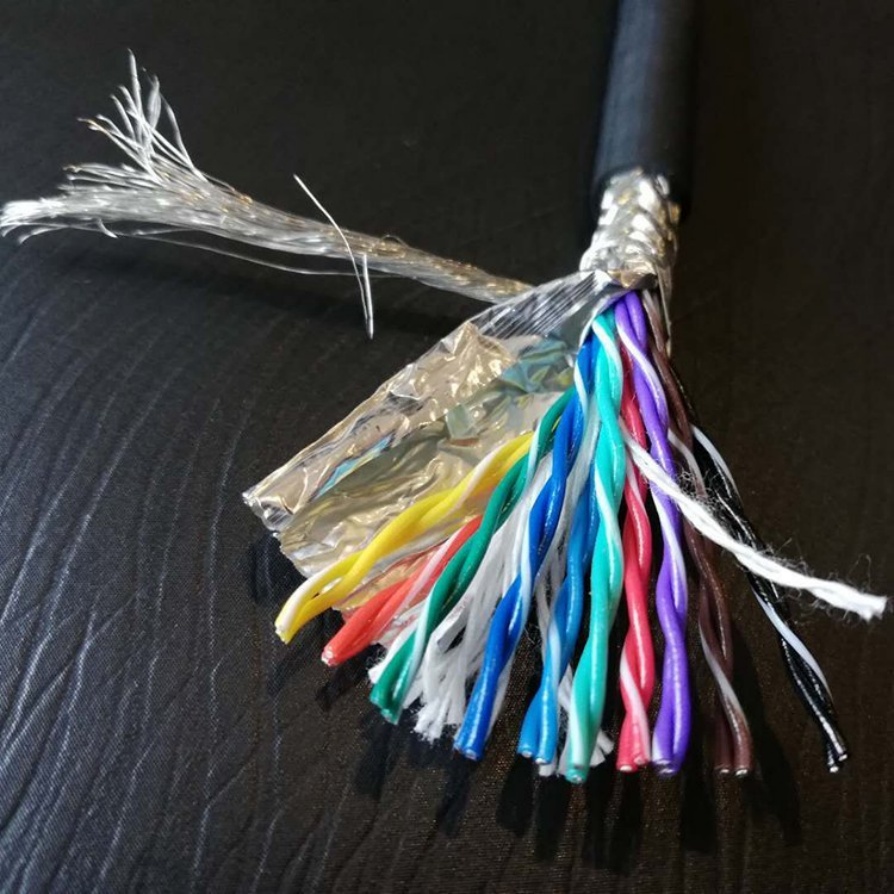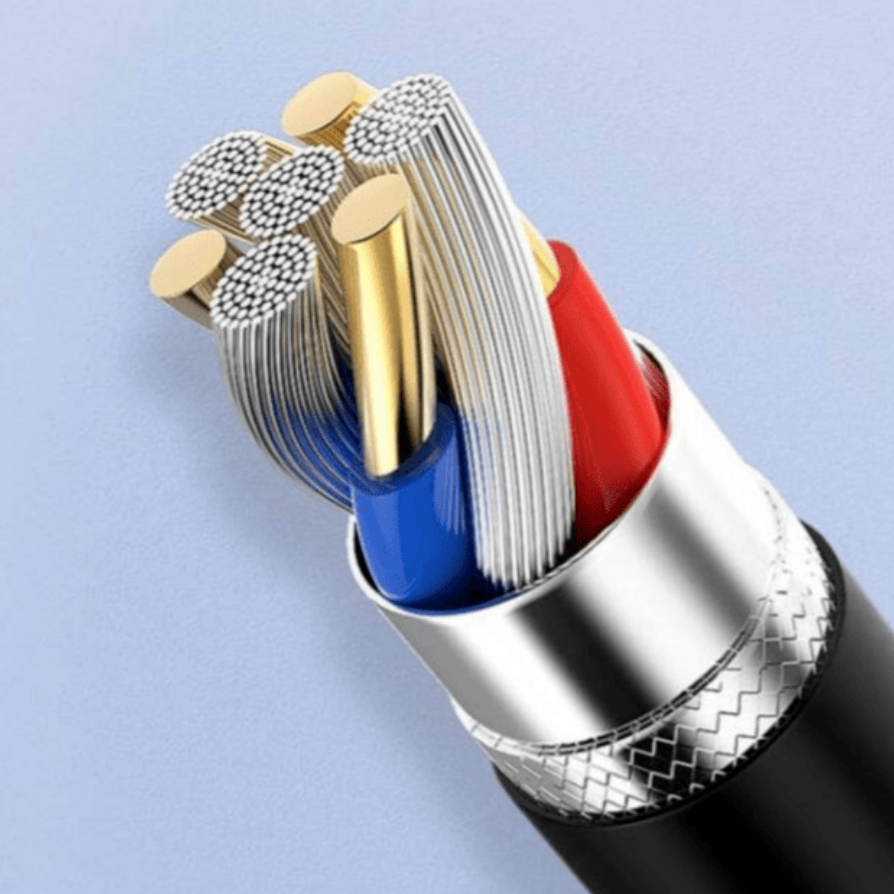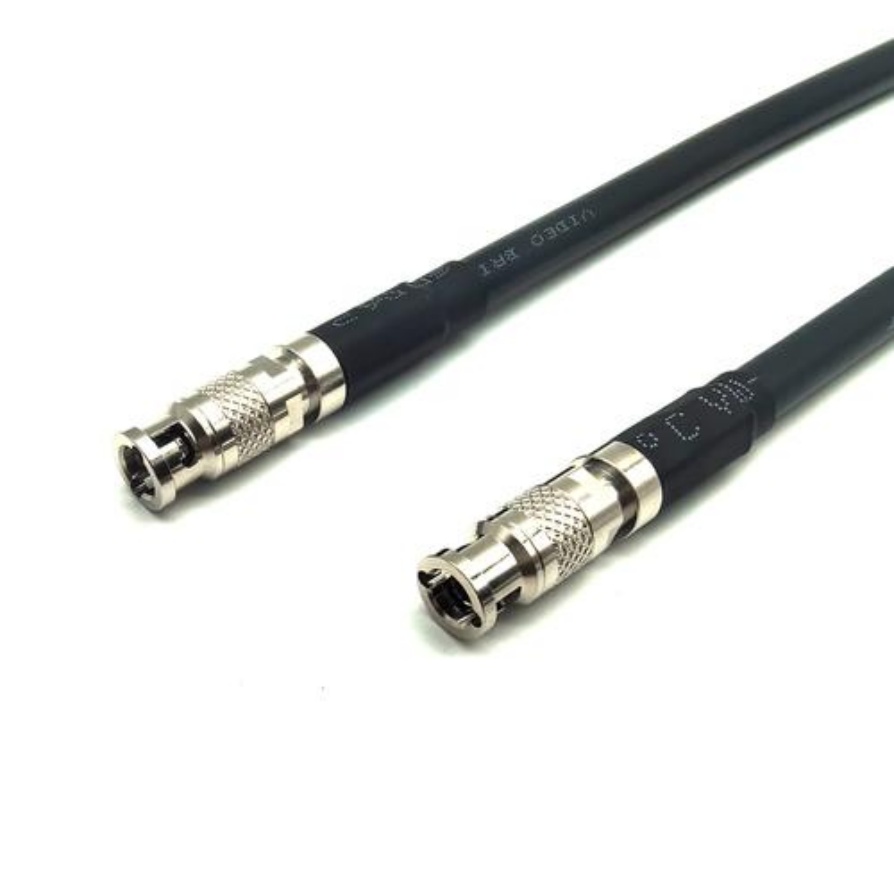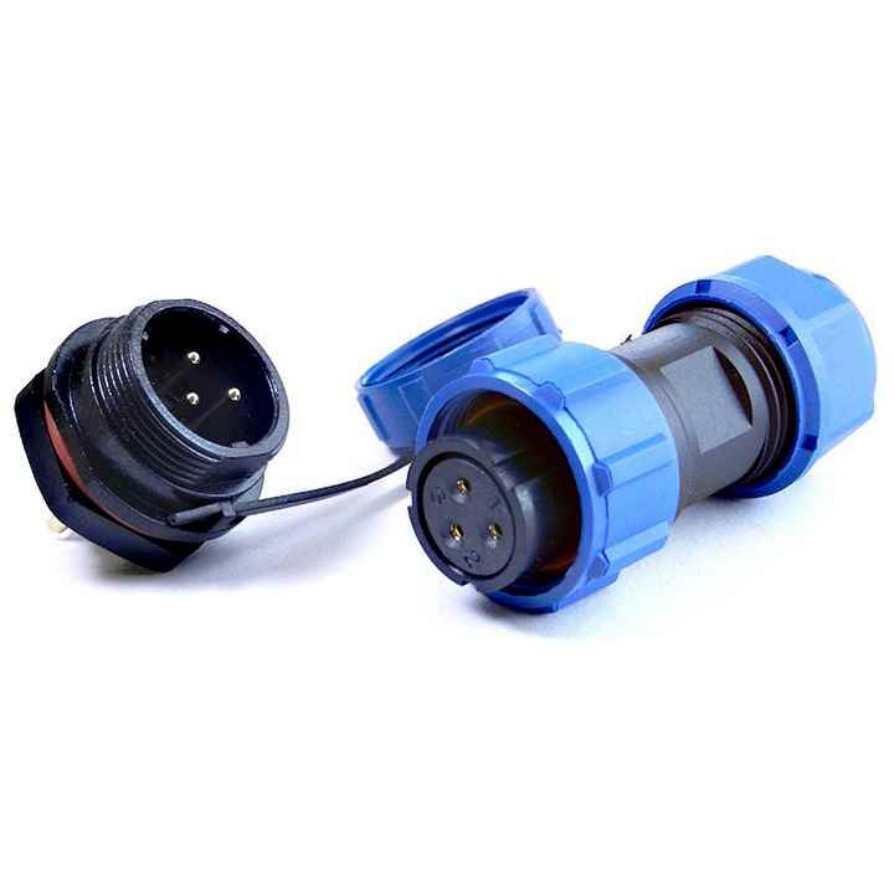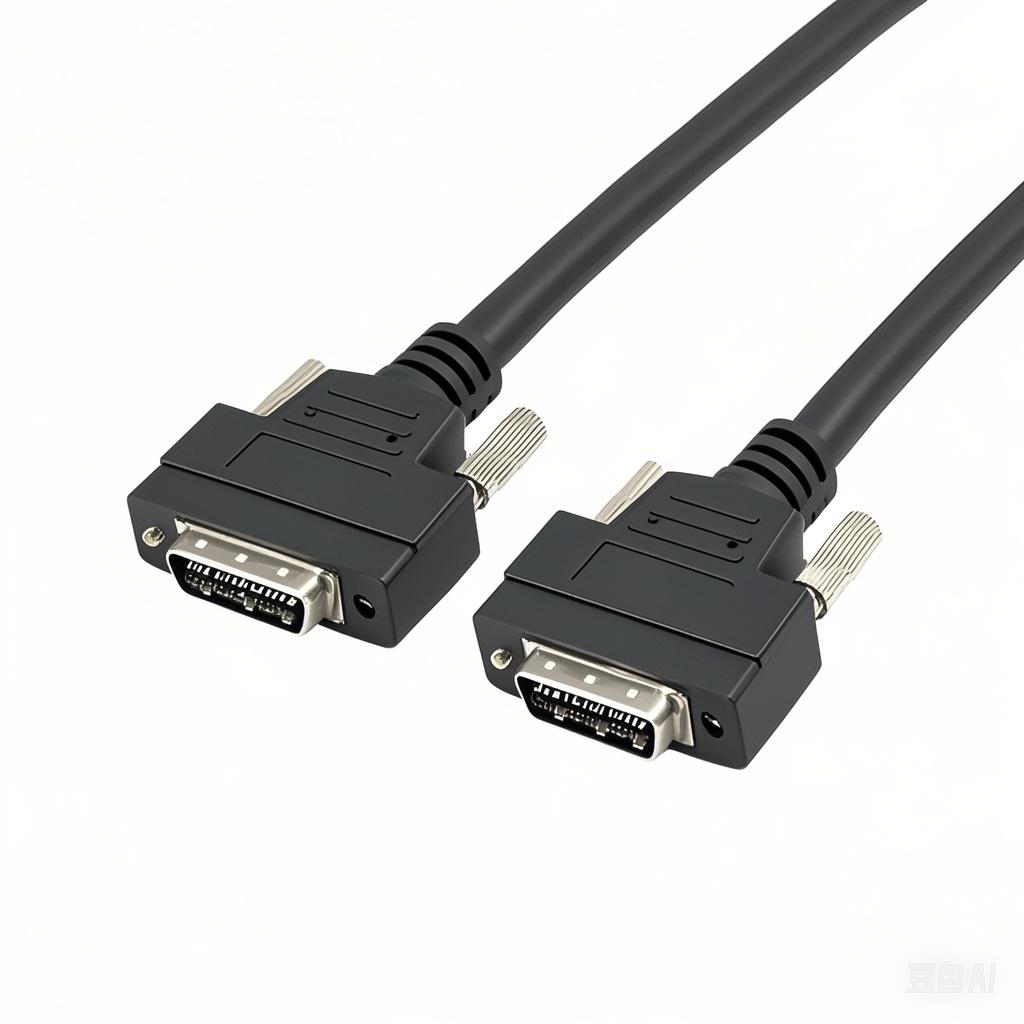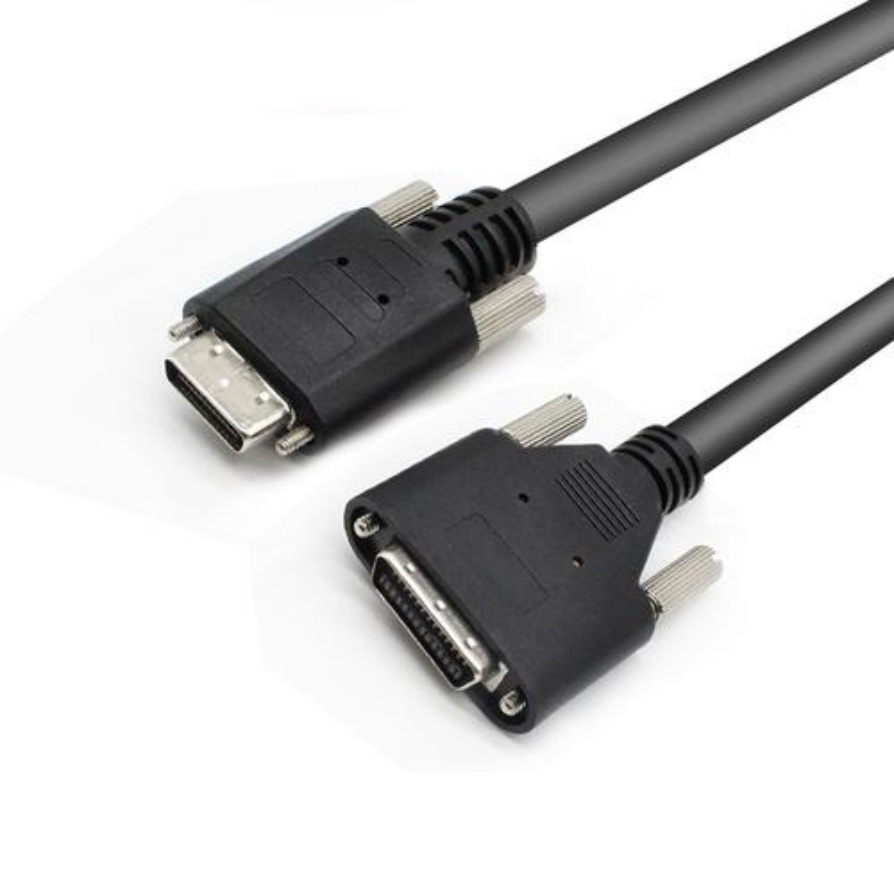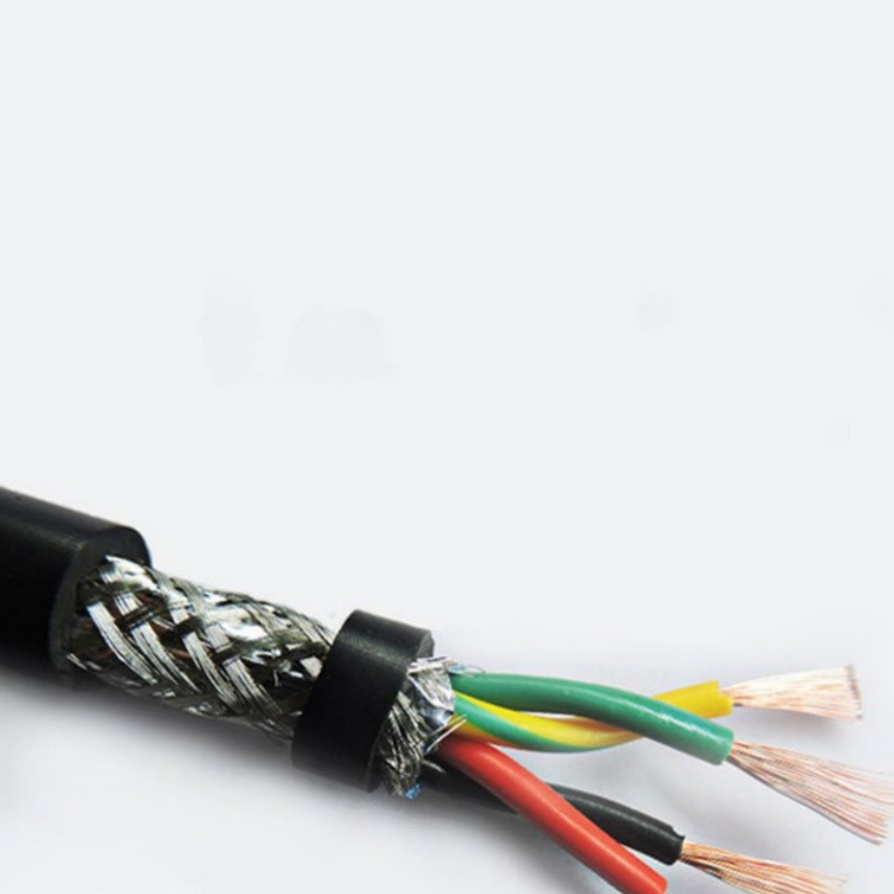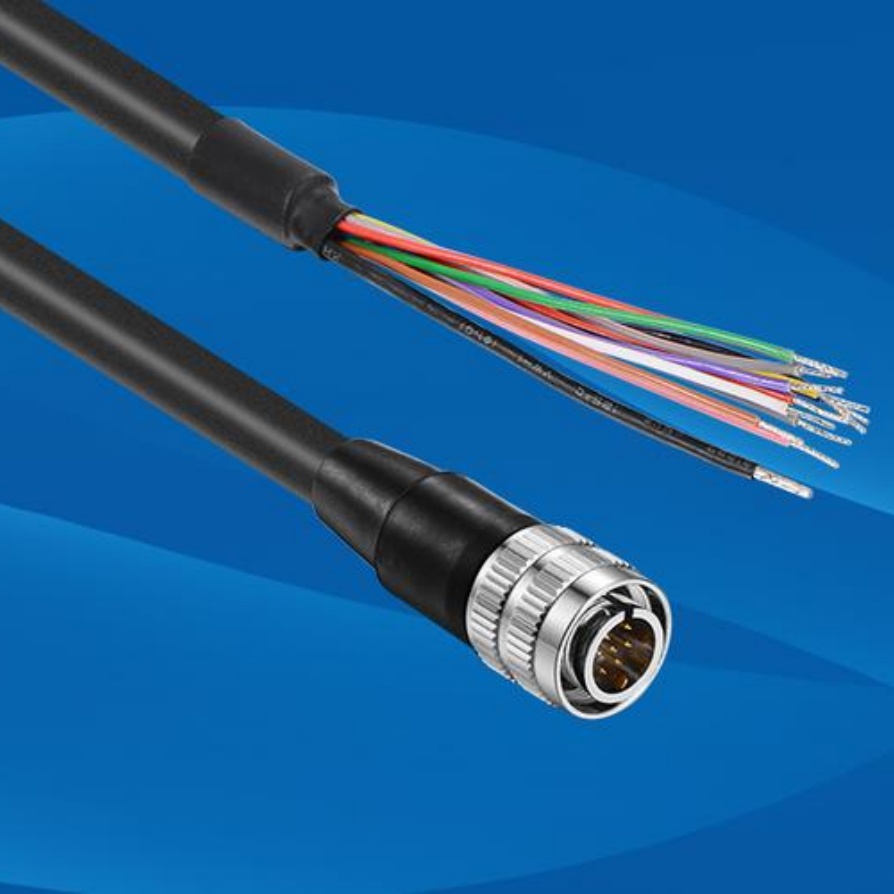Can Machine Cable Be Used in Outdoor Lighting?
The short answer is: it depends on specific conditions, but it is generally not recommended for long-term, exposed outdoor lighting applications. Machine cables and outdoor lighting cables are engineered for distinct environments and purposes—confusing the two can lead to premature failure, safety hazards (like short circuits or electrical leaks), or frequent maintenance. To make an informed choice, it’s critical to understand the core requirements of outdoor lighting cables and how machine cables measure up against them.
Core Requirements for Outdoor Lighting Cables
Outdoor lighting operates in unprotected environments, so its cables must withstand natural and man-made stressors that indoor or industrial machine cables rarely face. These are the non-negotiable demands:
- Weather Resistance Outdoor cables must endure extreme temperature fluctuations (from -30°C in cold winters to 60°C in hot summers), heavy rain, high humidity, and even snow or ice. Their outer sheaths must resist cracking, hardening, or softening under these conditions to avoid exposing internal conductors.
- UV ProtectionDirect sunlight emits ultraviolet (UV) rays that break down plastic materials over time. Outdoor lighting cables require UV-stabilized outer jackets (often made of materials like HDPE, EPDM, or TPO) to prevent brittleness, fading, and sheath degradation—this is one of the most critical differences from indoor cables.
- Waterproof & Dustproof PerformanceMoisture is the top cause of outdoor cable failure. Outdoor lighting cables need a minimum IP (Ingress Protection) rating of IP65 (dust-tight and protected against low-pressure water jets) for exposed areas (e.g., streetlights, garden lamps). For submerged or damp locations (e.g., poolside lights), an IP67 or higher rating is required.
- Mechanical & Corrosion ResistanceOutdoor cables may be buried underground, trampled by pedestrians, or exposed to chemicals (e.g., road salt in winter or coastal salt spray). They need tough outer layers to resist abrasion, impact, and corrosion—properties not prioritized in standard machine cables.
Typical Characteristics of Machine Cables
Machine cables (also called industrial machine cables) are designed for indoor or enclosed industrial environments (e.g., connecting motors, conveyors, or control panels in factories). Their strengths are tailored to industrial needs, not outdoor use:
- Primary Strengths: They excel at resisting oil, grease, and moderate temperature changes (common in factories) and often have good flexibility for repeated bending (e.g., in robotic arms).
- Key Limitations:
- Most machine cables use PVC or ordinary rubber sheaths that lack UV stabilization—direct sunlight will cause the sheath to crack within 6–12 months.
- Their waterproofing is minimal (usually only IP44, suitable for dry industrial rooms), so rain or dew will seep into conductors over time.
- They have no special corrosion resistance, making them vulnerable to salt, dirt, or moisture in outdoor soil or air.
When (If Ever) Can Machine Cable Be Used for Outdoor Lighting?
Machine cables are only acceptable for outdoor lighting in temporary, sheltered scenarios—never for permanent, exposed setups. Examples of “acceptable temporary use” include:
- Short-term events (e.g., a 1–2 day outdoor fair) where the cable is fully covered by a waterproof shelter (e.g., a tent) and not exposed to direct sunlight or rain.
- Emergency repairs (e.g., a broken streetlight) where a machine cable is used as a temporary fix for 1–3 days, pending delivery of an outdoor-rated cable.
In all other cases—such as permanent streetlights, garden path lights, parking lot lighting, or poolside fixtures—machine cables are unsafe and cost-ineffective. They will degrade quickly, leading to flickering lights, power outages, or even electrical fires.
Key Considerations If You’re Tempted to Use Machine Cable
If you must use a machine cable temporarily for outdoor lighting, follow these rules to minimize risk:
- Check the Sheath Material: Only use machine cables with rubber or PVC sheaths labeled “oil-resistant”—avoid paper or fiber-insulated types, which absorb moisture instantly.
- Add Extra Protection: Wrap the cable in UV-resistant tape (e.g., vinyl tape) and place it in a waterproof conduit (like PVC pipe) to shield it from rain and sunlight.
- Limit Usage Time: Do not use the machine cable for more than 72 hours. Extend beyond this, and the risk of sheath degradation or water ingress rises sharply.
- Test Regularly: Check the cable’s temperature and sheath condition every 12 hours—if it feels hot, brittle, or damp, stop using it immediately.
Why Choose Purpose-Built Outdoor Cables?
Purpose-built outdoor lighting cables eliminate the risks of using machine cables. They are engineered to meet all outdoor demands: UV-stabilized sheaths that last 5–10 years, IP65+ waterproofing, and corrosion resistance. They also match the electrical needs of outdoor lighting (e.g., low-voltage options for garden lights or high-voltage cables for streetlights), ensuring safe, consistent performance.
When it comes to outdoor lighting, cutting corners with machine cables costs more in the long run—from frequent replacements to safety risks. At FRS Factory, we understand the unique challenges of outdoor environments. Our outdoor lighting cables are designed with UV-stabilized EPDM/HDPE sheaths, IP67 waterproofing, and anti-corrosion layers, ensuring they withstand harsh weather, direct sunlight, and mechanical impact for years. Whether you need cables for streetlights, garden lighting, or coastal-area fixtures, FRS provides reliable, safety-compliant solutions that eliminate the guesswork of “can I use machine cables?”—so you can focus on building durable outdoor lighting systems, not fixing preventable failures.


